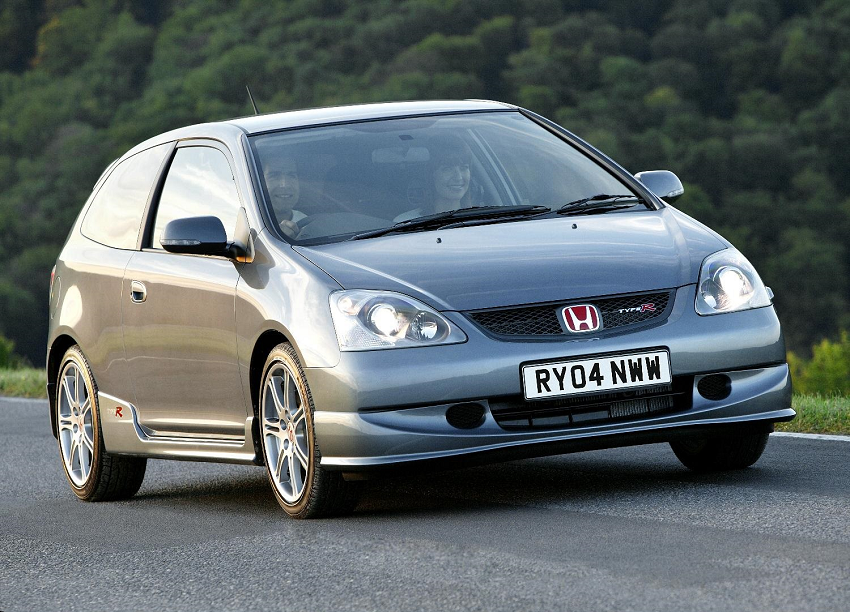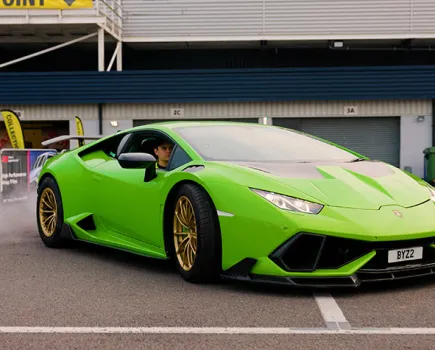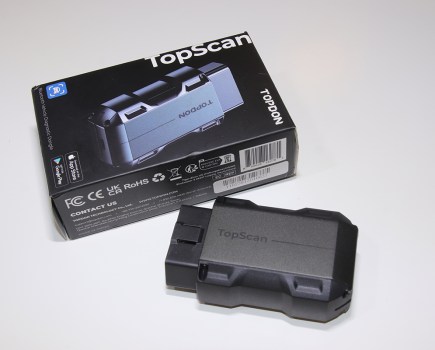The term ‘breadvan’ mightn’t sound all that complimentary in the grand scheme of motoring lore, but it has been applied to some pretty tasty cars: Count Volpi’s one-off Bizzarrini-built Ferrari 250 GT SWB, the BMW Z3 M Coupe (which the Americans refer to rather more amusingly as ‘clown shoe’), and of course the Honda Civic Type R EP3. This was a car that was gently mocked in period by the motoring press for looking a bit MPV-like, whereas today it’s, well, just a hatchback.
Except that it isn’t just a hatchback at all, not really. No, in fact it’s one of the most entertaining FWD cars ever built, and it’s turning into an appreciating modern classic these days.
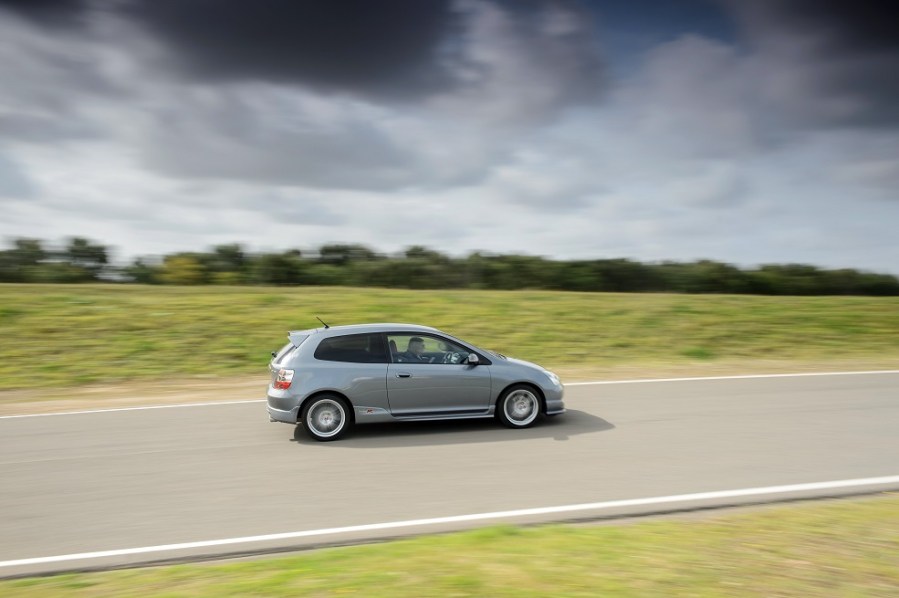
Japanese Performance, Built in Europe
Manufactured in Swindon, this model featured a 2.0-litre i-VTEC K20A2 motor. Marque enthusiasts will happily point out that Japanese-market EP3s featured LSDs, Championship White paint and Recaro seats, which UK models didn’t have, although they were also built in Swindon… so any grey-import Japanese EP3 you find has actually been up the Suez Canal both ways!
The EP3 was in production from 2001-2005, and the specs remained relatively unchanged throughout its lifespan; a mild facelift in 2004 brought in a lighter clutch and flywheel along with a redesigned front bumper and projector headlights. The hysterically revvy K20 motor offered peak power of 197bhp. These aren’t torquey motors, peaking at 145lb ft, but they really are all about the revs.
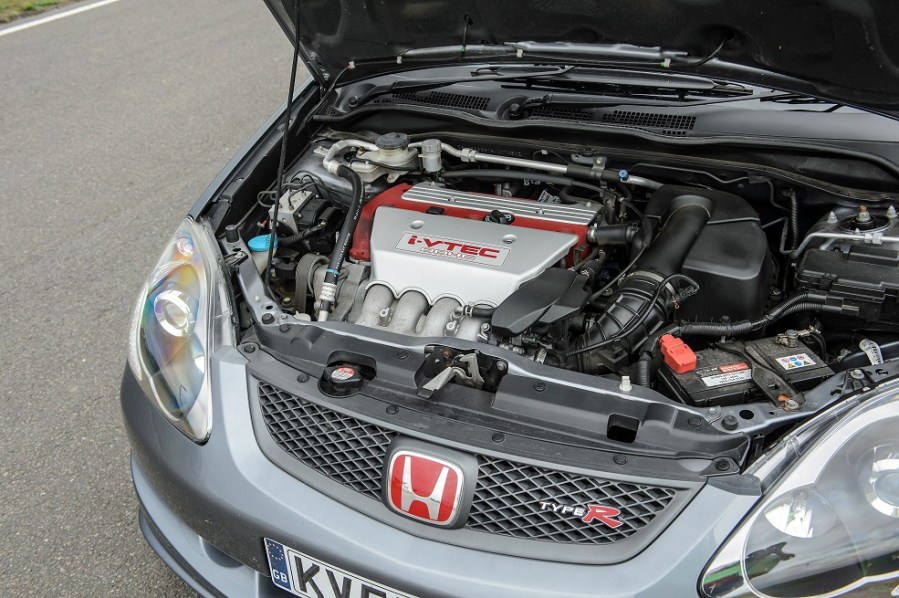
How does VTEC work?
The principle of VTEC is key to the Type R’s character: a contracted acronym for Variable Valve Timing and Lift Electronic Control, the system works by offering two different cam profiles, and hydraulically shifting between them – the relatively economical profile is in operation up to 5,500rpm, at which point the manic profile kicks in for higher lift and longer duration. In essence, this means that when you reach the point on the rev counter where in other cars you’d be thinking about shifting up a gear, a VTEC motor suddenly provides you with oodles more screaming, rampaging horses. In a nutshell, this means that the engine can be two things at once – juvenile, and grown-up: you can have a racy, track-ready cam profile without the inherent lumpy idle and poor economy if you’re just pootling to the shops for a pint of milk.
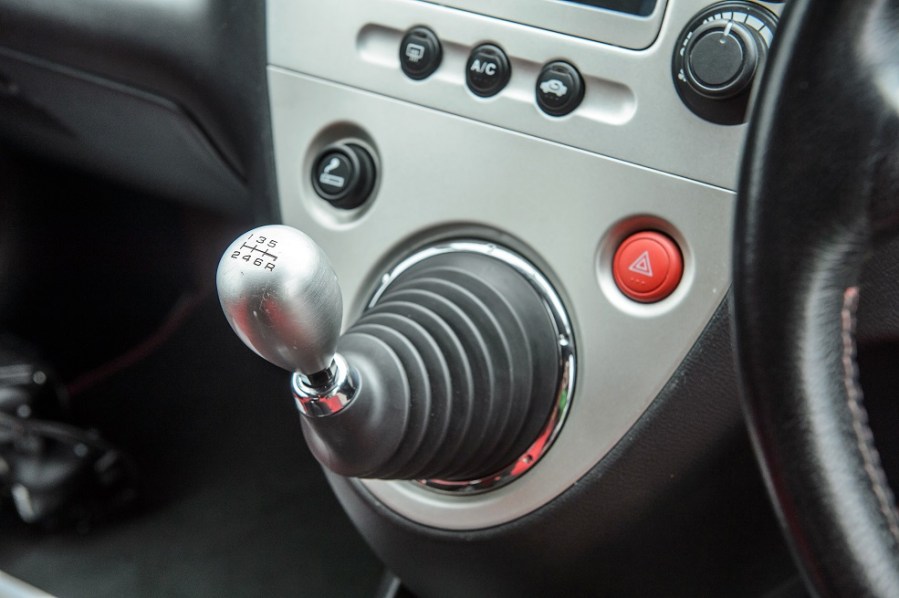
Ergonomics
Another key element of the Type R philosophy is that these machines are pared-back and lightweight, but as you swing open the door and slip into the beautifully sculpted seat, you find yourself struck by a certain duality: yes, it feels stripped-back, but there’s also a proper solidity to it. OK, the interior plastics are scratchy and cheap (hey, it’s a Japanese car from the 2000s, that’s how things were), but it all hangs together with a decent enough robustness.
And there are more secrets to be revealed as you start to engage with the touchpoints: it’s evident from the lightness of the clutch how much effort Honda’s engineers put into ensuring that this was an everyday-usable proposition for all kinds of drivers, rather than being a hardcore machine that fights back. But having dipped the clutch, it becomes clear that everyday-usable works hand-in-hand with everyday thrills: the gearstick protrudes from the middle of the dash like a BTCC racer, a mere handspan from the pleasingly chunky steering wheel, and the shift action is short, slick and precise.
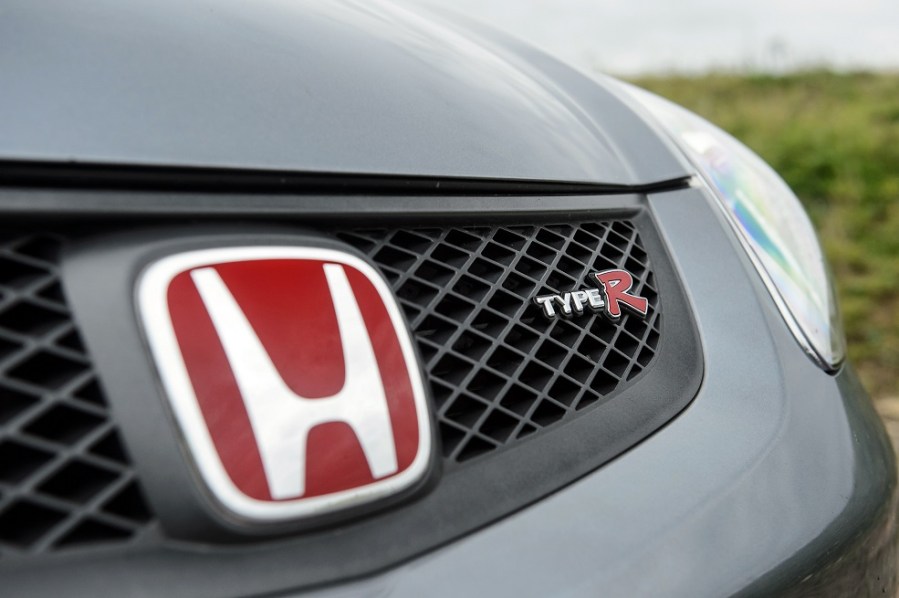
What is the EP3 like to Drive?
As you pull through the rev range, persistence in eking out the revs reveals another treat. Of course it’s no secret that the VTEC system is pretty crucial to the character of a Type R, and most newcomers to the EP3 will know what to expect, but it’s interesting to ponder that there must be Civics like this out there whose owners always short-shifted, treating it as just another city car, and never realised how much entertainment can be had in the approach to the redline.
The fact of the matter is that when you reach 5,500rpm the EP3 kicks you in the back. It’s not as violent a crossover as you’d find in, for example, a DC2 Integra Type R, but nevertheless it’s far more pronounced than it would become in the later FN2 Civic. The revs shift from wuuuuuuh to RAAAAAAAAAR as you tear for the end-stop, and frankly it’s damned addictive. Some people decry the K20 engine’s lack of low-down torque, but it’s all about perspective. It doesn’t need to be hysterical when you’re pootling about town. Out here on twisty national-speed-limit roads, the powertrain sparkles.
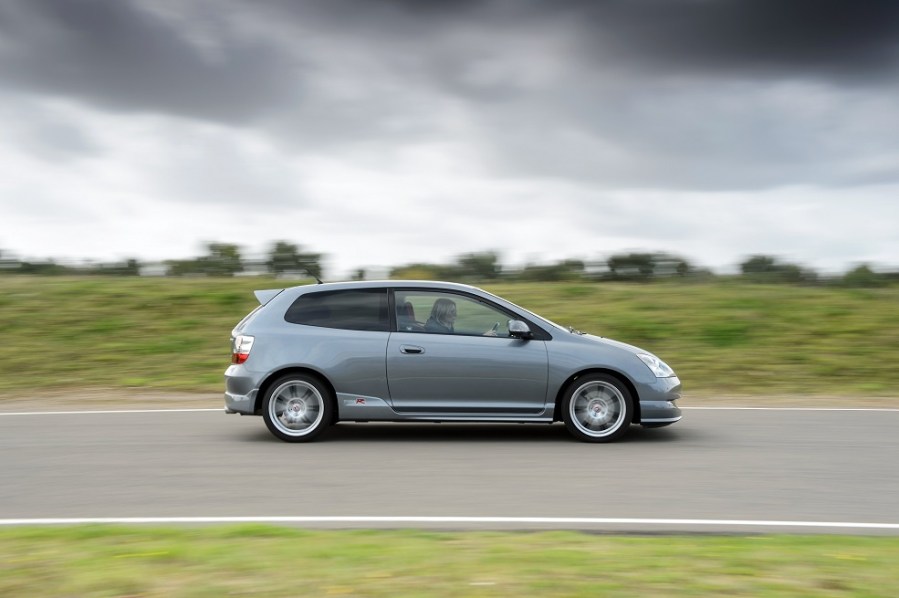
Handling
A great engine is nothing without a suitable chassis, and everything you’ve heard is true: the EP3 is a properly heroic thing to chuck down a B-road. Crisp turn-in, a smidge of lift-off oversteer, it’s so ridiculously playful, like an eager puppy. And being a Japanese icon, it’s also highly receptive to upgrades.
We’ve driven a stock example back-to-back with a car running a few choice chassis mods, and we reckon one of the single most significant bolt-on changes you can make to an EP3 is to fit the thicker JDM rear anti-roll bar. And while some are happy to throw a huge chunk of money at expensive coilovers, there’s a lot to be said for simply sticking with the OE-spec dampers and adding Eibach springs, front camber bolts and Hardrace rear camber arms, and getting the revered ‘FRSU’ (aka ‘fast road setup’), the specs of which are readily available online. A set of EBC YellowStuff pads and braided lines will firm up your pedal and give you a bit more bite, and what you’re left with is an EP3 turned up to eleven. One of the all-time greats, and it’s easy to make it a little greater.
Interested? Then be sure to check out the links below:

